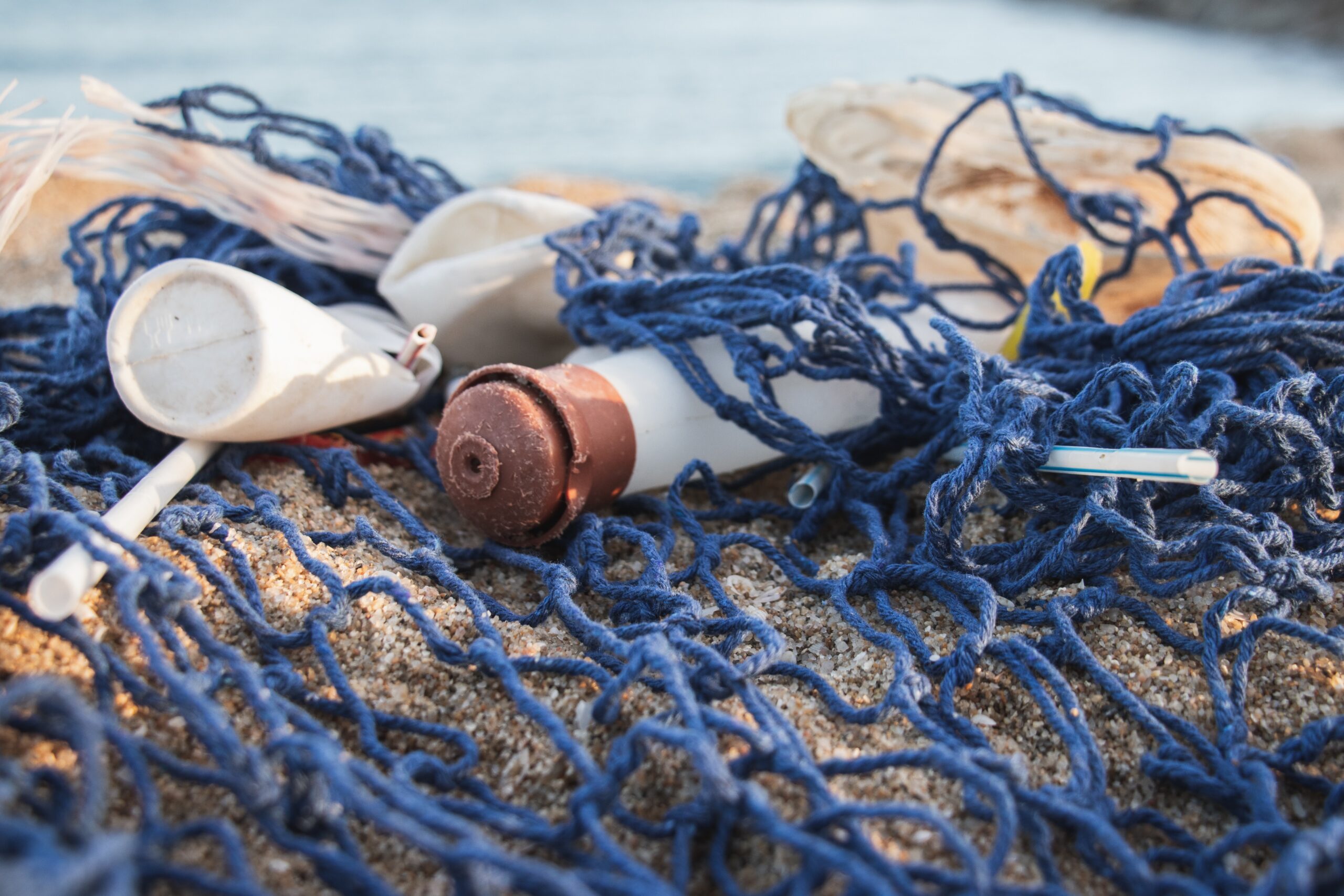SINGLE-USE PLASTIC AND DIRECTIVE (EU) 2019/904
Single-use plastic (plastic bags and microbeads) are a considerable cause of marine plastic pollution. Nevertheless, this is not a recent problem. Since the 1970s that plastics have been reported as a problem in the marine environment. Marine plastic pollution as become a significant environmental concern not only for scientists and non-governmental organizations, but also for the government and general public.
In response to this global problem, the European Union has issued the Directive (EU) 2019/904 (on the reduction of the impact of certain products on the environment), commonly known as Single-Use Plastic Directive. The main objectives of such Directive are “to prevent and reduce the impact of certain plastic products on the environment, in particular the aquatic environment, and on human health, as well as to promote the transition to a circular economy with innovative and sustainable business models, products and materials, thus also contributing to the efficient functioning of the internal market”. The main products referred in the Directive are food containers, cups for beverages, cutlery, plates, straws, cotton bud sticks, and others.
According to this Directive, a “‘single-use plastic product’ means a product that is made wholly or partly from plastic and is not conceived, designed or placed on the market to accomplish, within its life span, multiple trips or rotations by being returned to a producer for refill or re-used for the same purpose of which it was conceived”. In sum, it is a product made of plastic intended to be used only once and for a short period of time. Wet wipes are inserted in this designation, as well as any cosmetics or personal care products that contains plastics, is pre-wetted and is intended to be used once.
The Directive “promotes circular approaches that give priority to sustainable and non-toxic re-usable products and re-use systems rather than to single-use products, aiming first and foremost to reduce the quantity of waste generated”.
Member States shall take the necessary measures to reduce, in an ambitious and sustained way, the consumption of the single-use plastic products. The Directive prohibits the placing on the market of single-use plastic products (listed in Part B of the Annex of the Directive) and products made from oxo-degradable products.
IMPACT ON COSMETICS
Marking requirements referred in Article 7 of the Directive are the principal outcome when it comes to cosmetics and personal care products. It states that “each single-use plastic product listed in Part D of the Annex placed on the market bears a conspicuous, clearly legible and indelible marking on its packaging or on the product itself informing consumers:
- appropriate waste management options for the product or waste disposal means to be avoided for that product, in line with the waste hierarchy; and
- the presence of plastics in the product and the resulting negative impact of littering or other inappropriate means of waste disposal of the product on the environment.”
Products listed in part D of the Annex include wet wipes (i.e. pre-wetted personal care and domestic wipes).
Harmonized specifications for the marking of single-use plastic products are detailed in the Commission Implementing Regulation (EU) 2020/2151. This Regulation shall apply from 3 July 2021.
The information text on the label has to be written in the official language or languages of the Member States where the products are made available on the market. The information text ‘PLASTIC IN PRODUCT’ needs to be included (in upper case and in Helvetica Bold font).
For example, pre-wetted personal care and domestic wipes (wet wipes), with a surface area of 10 cm2 or more, shall have the following printed marking, placed horizontally on the external front or top surface (where more clearly visible) on the packaging:

If these wet wipes are placed on the market before 4 July 2022, this mark may be placed by means of stickers.
This Commission Implementing Regulation also includes harmonized marking specifications for beverage cups, tobacco products with filters and filters, and for sanitary towels (pads), tampons and tampon applicators.
According to the Single-Use Plastic Directive, the Article 8 (Extended producer responsibility) and Article 10 (awareness rising measures) need also particular consideration when it comes to wet wipes.
SUMMARY
As there can be some doubts whether a product is or not included in the definition of ‘single-use plastic product’, the Commission shall publish guidelines (by 3 July 2020).
In sum, when talking about cosmetics and personal care products, placing on the market single-use plastic products made of oxo-degradable plastic is prohibited and wet wipes need to follow the marking specifications set out in the Commission Implementing Regulation (EU) 2020/2151 (starting from 3 July 2021).
This Directive and its harmonized marking specifications may be considered an important and crucial step towards the reduction of plastic pollution.
References:
- Directive (EU) 2019/904 of the European Parliament and of the Council of 5 June 2019 on the reduction of the impact of certain plastic products on the environment – https://eur-lex.europa.eu/legal-content/EN/TXT/PDF/?uri=CELEX:32019L0904&from=EN
- Commission Implementing Regulation (EU) 2020/2151 of 17 December 2020 laying down rules on harmonized marking specifications on single-use plastic products listed in Part D of the Annex to Directive (EU) 2019/904 of the European Parliament and of the Council on the reduction of the impact of certain plastic products on the environment – https://eur-lex.europa.eu/legal-content/EN/TXT/PDF/?uri=CELEX:32020R2151&from=EN
- Walker, T., Xanthos, D. International policies to reduce plastic marine pollution from single-use plastic (plastic bags and microbeads): A review. Marine Pollution Bulletin 118. 2017. 17-26














